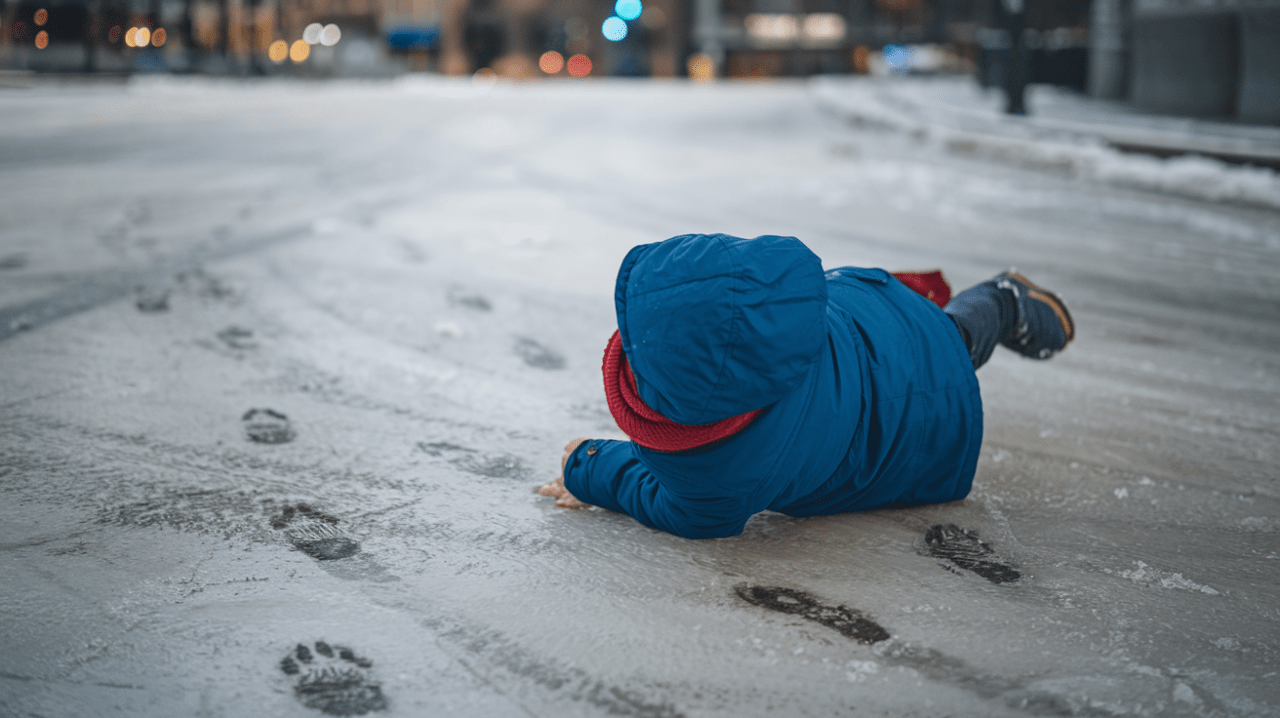 New Englanders aren’t strangers to winter weather, but that doesn’t mean they are always prepared for the changes in driving conditions. According to the National Highway Traffic Safety Administration, winter car crashes account for 17% of all traffic accidents in the U.S. The nationwide statistic is high, considering that not all parts of the country receive the kind of winter weather we see here in New England. Risks are even higher when a cold snap hits after a warm spell.
New Englanders aren’t strangers to winter weather, but that doesn’t mean they are always prepared for the changes in driving conditions. According to the National Highway Traffic Safety Administration, winter car crashes account for 17% of all traffic accidents in the U.S. The nationwide statistic is high, considering that not all parts of the country receive the kind of winter weather we see here in New England. Risks are even higher when a cold snap hits after a warm spell.
Why Cold Snaps Increase the Risk
The Northeast winters are getting warmer, with temperatures increasing more rapidly than any other region in the country. Burlington, Vermont, has warmed up more over the past five decades than any other place in the U.S. However, winter weather has not disappeared. Instead, we get periods of relative warmth followed by cold.
A prime example occurred in early February when temperatures in the region were generally in the 40s (well above average for that time of year) before Arctic air breathed a cold snap into New England, causing temperatures to plummet to the single digits. Several hazards occur because of such a drastic change in temperatures.
Driver Behavior
Drivers may have grown accustomed to driving on clear, warm roads. When winter weather strikes after a warm spell, motorists often neglect to alter their driving behaviors. Poor road conditions and visibility require a change in how motorists handle their vehicles. If they drive as they would in good weather, there is a greater risk of single- or multi-vehicle accidents.
Road Conditions
Another hazard is the change in road conditions. A late January cold snap that caused slick road conditions led to 200 accidents across New England. If there is any moisture on the road, the temperature drop turns the surface into ice. Black ice is especially dangerous.
Often, when water freezes on the road, bubbles form, causing it to stand out from the surface. However, black ice doesn’t have these bubbles, so it blends in with the road, making it almost impossible to spot when driving. This type of ice covering is most common at night because there is no sun or enough traffic to warm the pavement.
Preparedness
A third risk is a lack of driver preparedness. Vehicles and people need to prepare for a cold snap. If the car isn’t correctly set up for the cold, the likelihood of an accident is higher. When temperatures plummet into the single digits, the cold temperatures place vehicle passengers in grave danger if they have an accident or their car becomes disabled, especially at night or in areas with less traffic.
What To Know About Driving During a Cold Snap
Some cold snaps are worse than others. The type of dramatic temperature swing seen in February 2023 is more dangerous than a cold snap that drops temperatures to a lesser degree. Likewise, wet conditions pose more hazards than dry. However, when the forecast calls for winter weather, drivers should take heed.
Don’t Drive Unless It Is Necessary
If the forecast calls for severe winter weather, drivers who can stay home should do so. Prepare ahead of time by running any necessary errands before the weather arrives.
Make Sure Vehicles Are Ready
Drivers who have no choice but to head out in these hazardous conditions should make sure their vehicles are ready for it by doing the following:
- Check tires for pressure, tread and defects
- Check fluid levels, including coolant, fuel and windshield wiper fluid
- Replace vehicle batteries if they are nearing the end of functionality
Motorists should also ensure their vehicles are stocked with emergency supplies, including a flashlight, snow shovel, ice/snow scraper, sand or kitty litter, jumper cables, warm blankets, extra clothing, cell phone, charger, food and water.
Know How To Drive for the Conditions
Winter weather driving requires drivers to focus more. It is essential to eliminate distractions when road conditions are hazardous or blowing or falling snow reduces visibility. Motorists should also allow more time to get to their destinations. Many accidents happen because drivers don’t plan for reduced driving speeds, traffic, or snow and ice removal operations.
Defensive driving behaviors are key. Motorists should put extra space between themselves and the car in front of them. It takes longer to stop a vehicle on slick roads. They should also practice extra care when passing, ensuring they do not pull out too closely in front of a car in the passing lane.
Drivers need to understand how their vehicles handle slick roads. Additionally, they should keep an eye out for ice patches and know what to do if they hit one. The following procedures can reduce the likelihood of getting into an accident after hitting ice:
- Stay calm
- Ease off the gas pedal
- Don’t use the brakes
- Keep the steering wheel as straight as possible
- Gently turn the wheel in the same direction if you begin to slide
If the car starts to skid, the driver may need to apply the brakes gently. Ice patches aren’t usually large, so the goal is to get through the patch safely. Once the car passes the ice, the wheels will again gain traction.
What To Do After an Accident in Winter Weather Conditions
No matter how careful a driver is, there is always the potential for an accident, especially in winter weather. Knowing what to do after an accident can save vehicle occupants’ lives. Follow these steps:
- Remain calm
- Get out of traffic if possible
- Do not go out in blizzard conditions or frigid temperatures unless a warm environment is in sight and close proximity
- Call 911
In dangerous weather, motorists should wait for help to arrive before exchanging information with other drivers or doing anything else that would lead to prolonged exposure to the weather.
Who To Call If You Need Assistance With a Winter Accident Claim
If you sustain injuries in a winter car crash, chances are that your claim will be more complicated due to road or weather conditions. Jason Stone Injury Lawyers’ team is here to help. We have extensive experience working with winter car accident claims. We know the complexities involved and understand the challenges you face. Let us ease your burdens. Give us a call today for a free case consultation. There’s No Obligation, Just Information®.
Not Trusting What You’re Being Told?
Better Phone Stone
800-577-5188
 START MY NO OBLIGATION CONSULTATION
START MY NO OBLIGATION CONSULTATION











